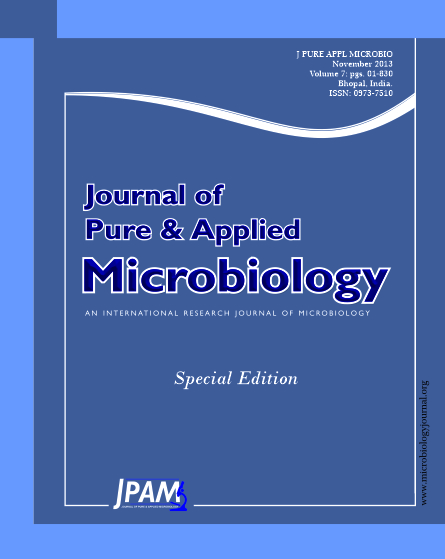Gly m Bd 30K has been recognized as a major allergenic protein in soybean [Glycine max (L.) Merr.] seeds, and it exists in nearly all of the soybean cultivars. This study attempted to eliminate the immunodominant Gly m Bd 30K protein from soybeans using RNA interference (RNAi). RESULTS: A 395-bp fragment from the Gly m Bd 30K gene coding region was designed to target the Gly m Bd 30K gene. The 30K-specific RNAi transformation cassette was subcloned into a binary pCAMBIA3301 vector to construct the plasmid pCAMBIA-30K-RNAi. Transgenic soybeans were generated by infecting soybean cotyledonary node explants with Agrobacterium tumefaciens EHA105. Three independent transgenic soybean plants were confirmed by PCR and Southern blot analyses. Quantitative real-time PCR (qRT-PCR) analysis of gene expression in the transgenic seeds indicated that there was trace accumulation of Gly m Bd 30K mRNA. Western blotting demonstrated the absence of Gly m Bd 30K protein in the crude extracts of transgenic seeds. In addition, compared with wild-type plants, the RNAi plants showed no apparent phenotypic and no obvious developmental changes. CONCLUSION: Our study yielded new soybean germplasm with Gly m Bd 30K-null seeds and demonstrated the feasibility of alleviating soybean allergies using RNAi technology.
Agrobacterium tumefaciens, allergen Gly m Bd 30K, gene silencing, RNAi, soybean transformation
© The Author(s) 2013. Open Access. This article is distributed under the terms of the Creative Commons Attribution 4.0 International License which permits unrestricted use, sharing, distribution, and reproduction in any medium, provided you give appropriate credit to the original author(s) and the source, provide a link to the Creative Commons license, and indicate if changes were made.


